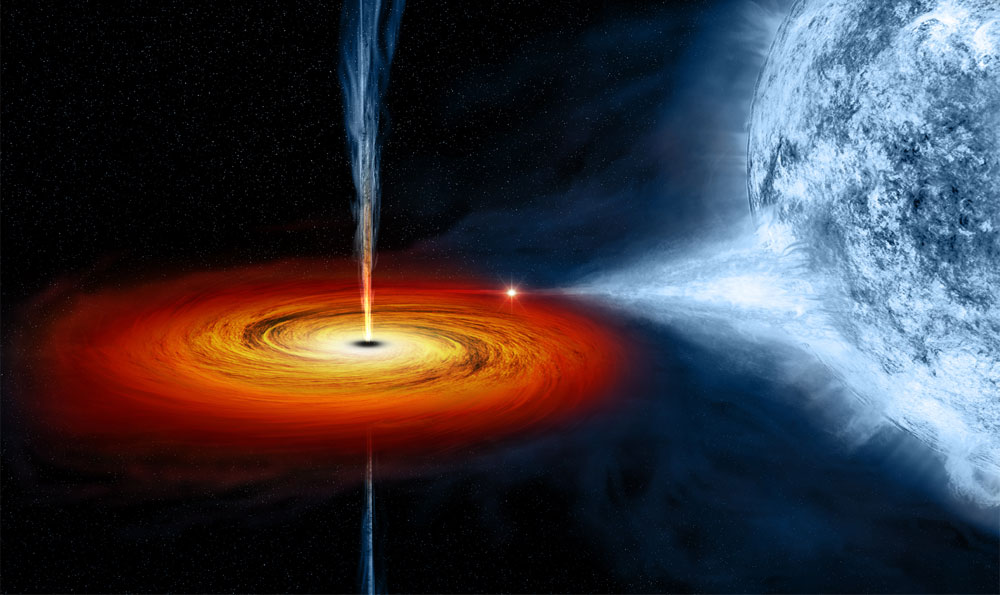
The first-ever image of a black hole was captured by the Event Horizon Telescope (EHT) collaboration in 2019. Scientists are now taking it to the next level. The goal of the next generation Event Horizon Telescope (ngEHT) collaboration is to produce high-quality videos of black holes.
The next-generation collaboration is groundbreaking in other aspects as well. The first significant collaboration in physics brings together perspectives from natural sciences, social sciences, and humanities. The greater the size of a virtual telescope that spans the planet, the more capable it is of detecting objects that appear small from a distance.
The EHT utilizes numerous telescopes and arrays worldwide to create a single, virtual Earth-sized telescope. Harvard astrophysicist Shep Doeleman, the founding director of the EHT, has compared this type of astronomy to using a broken mirror in which the light caught by each of these pieces is recorded while keeping track of the timing and then joining the data in a supercomputer to virtually reconstruct an Earth-sized detector.
The first-ever image of a black hole was captured in 2019 by using existing telescopes at six different locations. New telescopes are being built at new sites to reduce the gaps in the broken mirror. The collaboration is currently in the process of selecting optimal locations worldwide, with the goal of increasing the number of sites to around 20.
The ngEHT’s objective is to promote responsible siting practices. The decision-making process involves bringing together experts in philosophy, history, sociology, community advocacy, science, and engineering to consider cultural, social, and environmental factors when selecting a new telescope location. This collaboration is an exciting demonstration of how ambitious plans necessitate innovative approaches, and how sciences are evolving in the 21st century.